'The Serpent' Murder Case: What Happened to Each of the Characters in Real Life After the BBC Series Finishes?
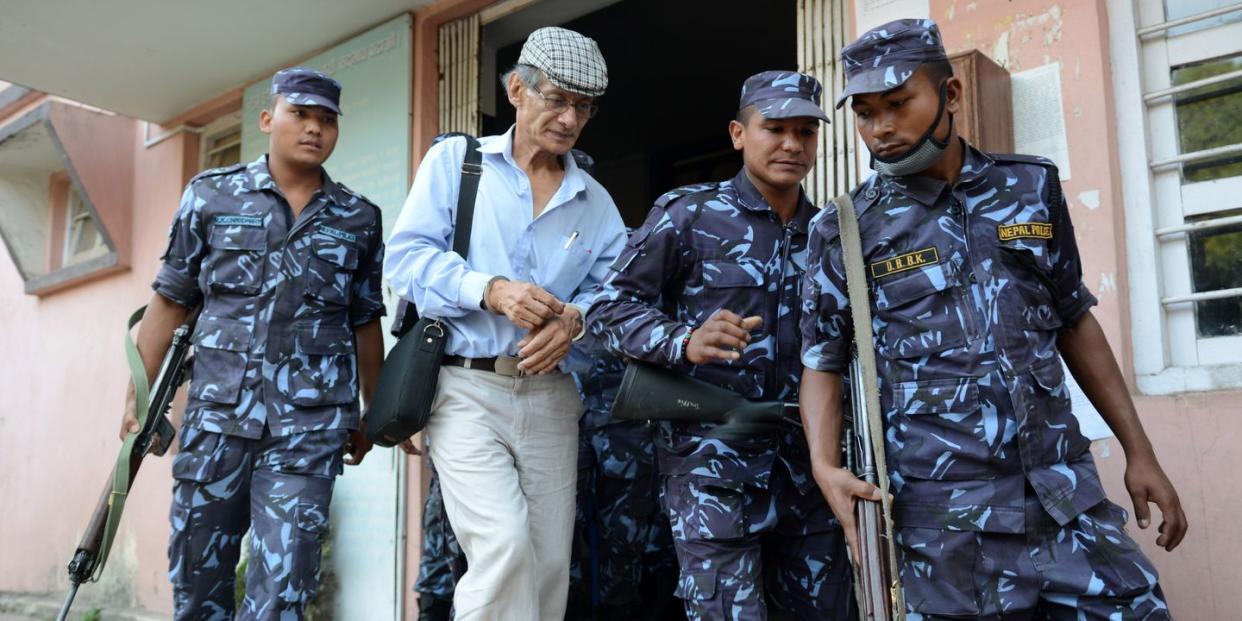
It’s the true crime series that has had the nation gripped in what’s turning out to be a very bleak start to the new year.
The case of the ‘70s mass murderer, Charles Sobhraj - otherwise known as The Serpent, due to his habit of escaping justice - has been turned into a glossy, globe-trotting thriller by the BBC, starring Tahar Rahim as the lead character, and Jenna Coleman as his glamorous accomplice, Marie-Andree Leclerc.
But while the BBC One show - made in conjunction with Netflix - is quick to point out that although all the dialogue is imagined and some names and circumstances have been changed, the drama is inspired by real events. When the camera stops rolling on the fictionalised versions of the characters on screen, they were real people, and the lucky ones who escaped Sobhraj’s murderous clutches had to try and lead a normal life again after the horrors they witnessed in South East Asia.
We’d normally say “watch out for spoilers!” here, but it feels a bit insensitive given that Sobhraj is estimated to have murdered up to 30 people, and those left behind will have no doubt been processing trauma for a long time afterwards. But, according to the producers of the series, here’s what happened to all the characters in real life afterwards:
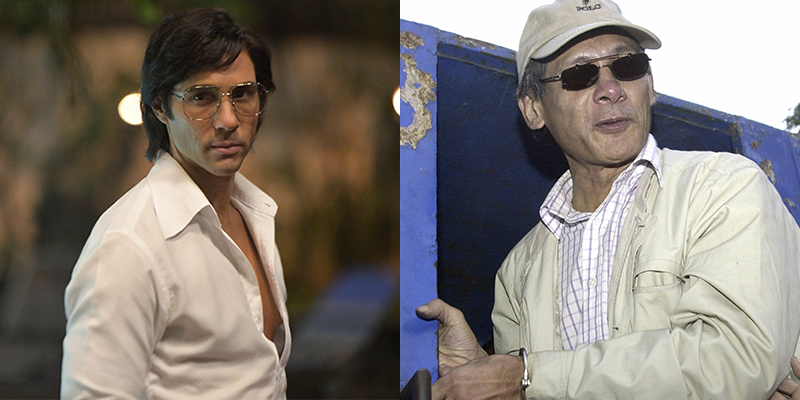
Charles Sobhraj
The full life story of Charles Sobhraj is incredibly murky - and can be read in full here - but after escaping to France and becoming somewhat of a celebrity criminal, as shown in the series, for some reason he returned to the scene of the crime in Nepal in 2003, where he was arrested.
In November 2004, he was sentenced to life imprisonment for the murder of American backpacker Connie Jo Broznich. He appealed the sentence twice, and lost, twice.
However, in 2010, the United Nations Human Rights Committee expressed that he hadn’t received a fair trial. In 2014, he was also found guilty again of the murder of Connie Jo’s partner, Laurent Carriere, and was given a second life imprisonment.
He has never admitted to any of the murders and in an interview with Vice in 2016, Sobhraj said: "I never murdered anybody. You are speaking about drug addicts. They may have been... Uh, liquidated by a syndicate, for dealing heroin."
He remains in Kathmandu prison to this day and he married again, while in prison, to his new wife, Nihita Biswas.
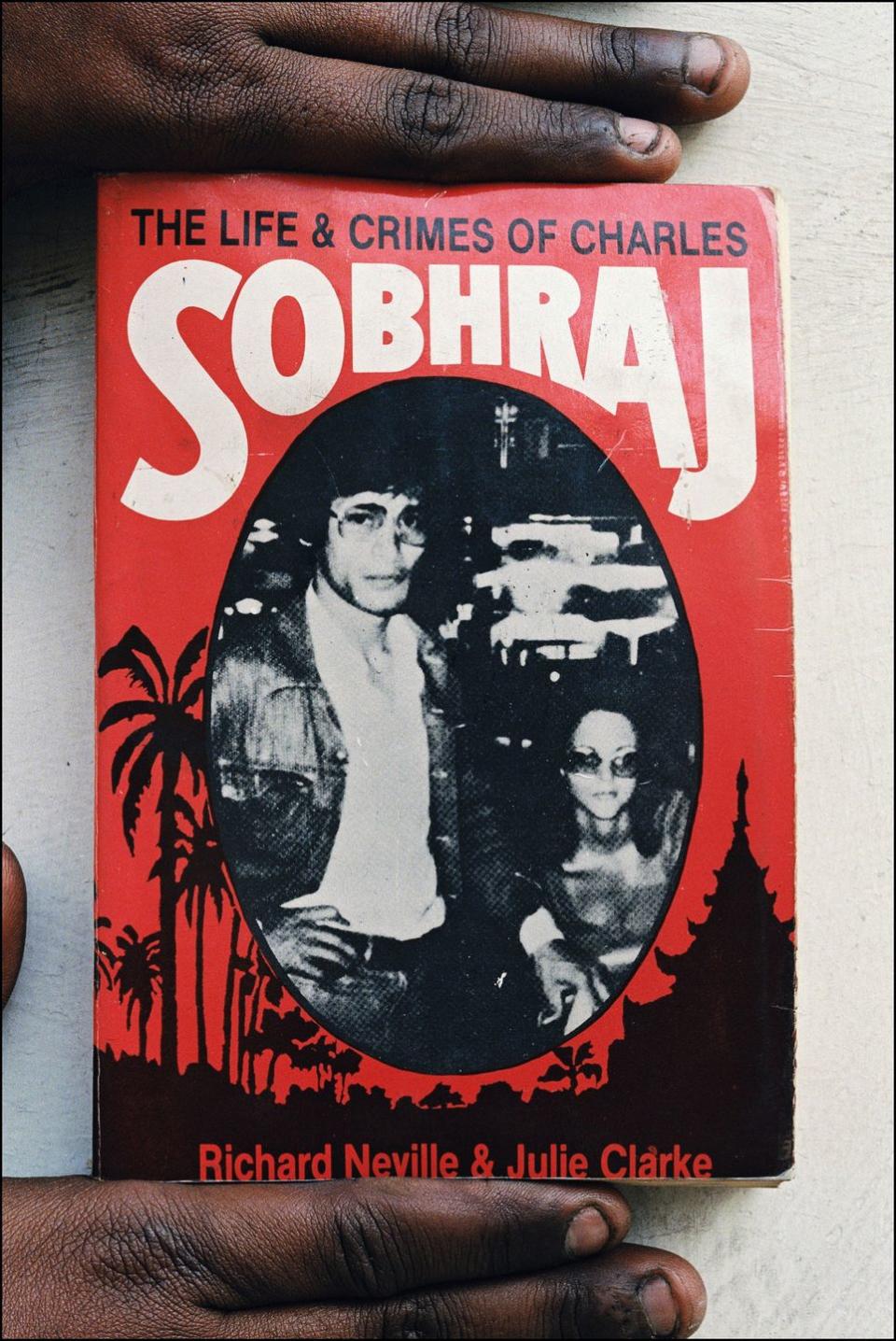
Marie-Andrée Leclerc
Although she was accomplice to Sobhraj’s crimes, grooming and drugging his victims, it’s been suggested that Leclerc was in fact also a victim of Sobhraj’s as she too was groomed by the sociopath.
Leclerc, when arrested, was imprisoned in Tihar prison in Delhi, accused of the murderers of Jean-Luc Solomon and Avoni Jacob. She was acquitted of the death of Salomon, but was convicted of Jacob’s murder in 1980. She appealed and was released, pending that she didn’t leave the country.
By 1983, she was suffering from advanced ovarian cancer, and was allowed to return to her home country of Canada, as long as she reported into the Indian High Commission in Ottawa and returned to continue the trial in India when her health improved.
In this time, she wrote a book called Je Reviens (I Will Return) in which she claimed she never liked Sobhraj.
She died just a year later, in 1984, at the age of 38.
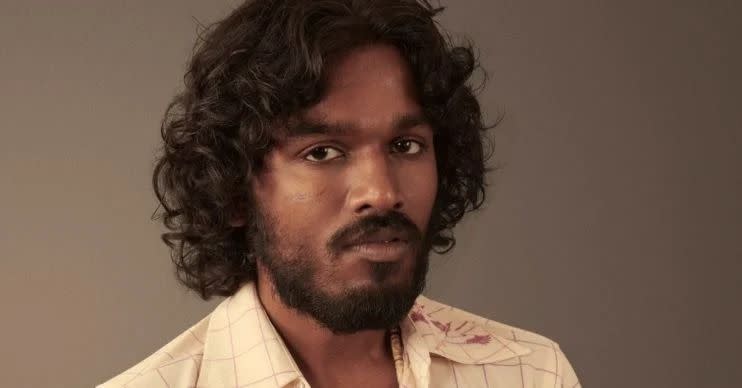
Ajay Chowdhury
Did Ajay escape justice or did he too meet a grisly end by the hand of Sobhraj? The series leaves it ambiguous, but apart from one possibly false sighting in Germany in 1976, Chowdhury has never been seen again.
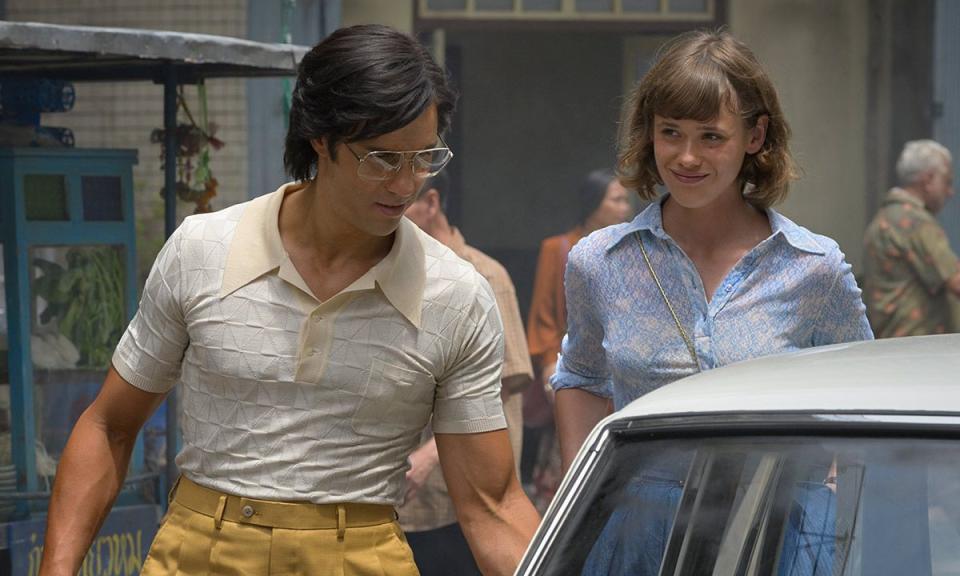
Nadine and Remi Gires
The true heroes of the story, Sobhraj’s neighbours and friends risked their lives to make sure the killer was eventually caught.
The French couple divorced, but both returned to live in Thailand again, with Nadine running a beach resort in the south of the country.
In an interview with the Daily Mirror, Gires, now 67, said: “Charles is a monster and I am terrified of him – I used to sleep with a baseball bat under my bed.”
She added that she believed Leclerc - who she befriended while living in Kanit House - was also a victim. “I felt sorry for Marie-Andrée because she was a sad and simple person, not the movie star we see in the series. And she was Charles’ prisoner. She told me, ‘I have no passport, no money and if I try to leave he will kill me’".
She added: “When Charles was arrested I celebrated with a bottle of champagne. I don’t feel guilty because I know I did everything I could to put a stop to the murders. And I can tell you it was a good lesson. Now I am very careful with the people I meet.”
Remi lives in the north of Thailand, where he has a tropical fruit company.
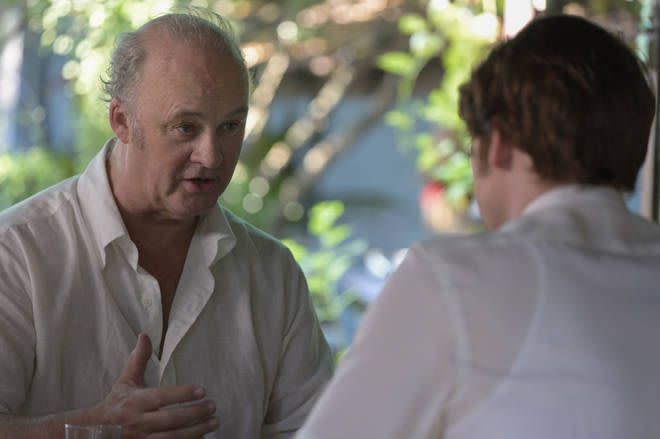
Paul Siemons
The frank-talking Paul Siemons - one of Knippenberg’s seniors - was also pivotal in securing the arrest of Sobhraj.
He eventually retired from the Belgian Foreign Service in 1979, and died in 2004.
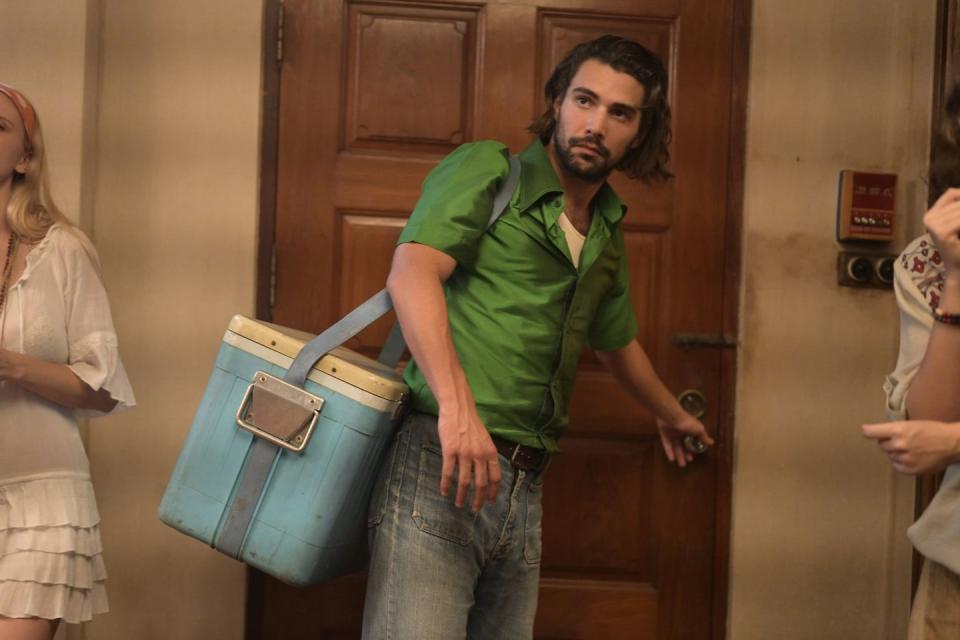
Dominique Renelleau
Episode three of the series detailed the horrific abuse but subsequent escape of Dominique, who was one of the few people who managed to escape being killed by Sobhraj.
Aided by Nadine and Remi, he was given enough money to escape back home to his native France. We’re told he is married with kids, and unbelievably, remains “a keen traveller”.

Herman Knippenberg
The diplomat who dedicated 30 years of his life to getting justice for those murdered by Sobhraj, Knippenberg shows the true face of perseverance through adversity.
He left Thailand in 1977, and continued his diplomatic career in posts across the world.
He told the Nepali Times in 2004: “I couldn't forget him, it was like having malaria. Every couple of years or so something would happen that would draw me back into the case again."
He’s still musing on the case, three decades on though. In a recent interview with The Telegraph, he said of Sobhraj: “I think, in essence, his downfall is that he is the born gambler. This is in line with Nietzsche, that the only thing in life is to live as dangerously as possible – the tightrope-walker, building your house on the slopes of Vesuvius. So you push your luck as far as you can because you are different.”

Angela Knippenberg
Although she and Herman divorced in 1989, they still remain friends to this day. She went on to work at the United Nations, and was Under Secretary General until her retirement in 2015.
In a moving touch, the series is finally dedicated “to all the young intrepids who set out with big dreams, who never made it home.”
Like this article? Sign up to our newsletter to get more articles like this delivered straight to your inbox
Need some positivity right now? Subscribe to Esquire now for a hit of style, fitness, culture and advice from the experts
You Might Also Like

